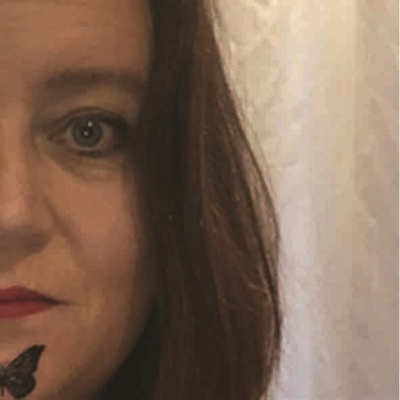WAHINE MAWHERO: Pink Māori Woman
Fringe Bar, 26-32 Allen St, Te Aro, Wellington
22/02/2017 - 24/02/2017
NZ Fringe Festival 2017 [reviewing supported by WCC]
Production Details
Navigating the nature of biculturalism with one tippy toe in Pakeha culture me te hītekiteki ki roto e Te Ao Maori.
Looking Pakeha, being Maori and finding hilarity in the spaces between.
Wahine Mawhero – Pink Maori Woman weaves stories and jokes together in both Te Reo and English.
Fringe Bar – 26-32 Allen St, Te Aro, Wellington
Feb 22-24 2017
8:30pm
BOOKINGS: fringe.co.nz
TICKETS: $10/$5
Theatre , Solo ,
1 hr
Revealing family secrets in the quest for a turangawaewae
Review by John Smythe 23rd Feb 2017
The promo line – “Looking Pākehā, being Māori and finding hilarity in the spaces between” – instantly invites comparison with Hayley Sproull’s Vanilla Miraka. Aware of Maraea Rakuraku’s rigorous interrogation of that show, I sought a Māori reviewer for Wahine Mawhero: Pink Māori Woman but none was available.
The inclusion of this in the Fringe Bar line up, normally associated with cabaret, burlesque and stand-up comedy, reinforces my anticipation and, I confess, trepidation that this will also tread the treacherous tightrope of culture-clash comedy stretched over a dark chasm of cultural misappropriation. What if she falls?
My fears are unfounded, at least to the extent that it is not cringe- or gasp-inducing. The titular woman – whose name I don’t catch but her Twitter handle is @LeeRay – simply tells her personal story in a relaxed and gently amusing manner tinged with humour that alternates from self-deprecating to assertive. Take it or leave it, this has been her specific and genuine experience.
Having swung a purerehua and confidently delivered her pepeha and a mihi to this earth’s natural resources and “this house of laughing”, the entirely Pākehā-looking LeeRay – who claims to be just “semi-fluent” in Māori – smiles at our shared propensity for racial profiling. What follows allows us to search, with her, for an answer to the unspoken question: how come she identifies as Māori?
We learn her mountain is Taranaki, her rivers are the Whanganui and Waitara, she is now 40 and a teacher in early childhood and of environmental science. She resorts to gardening, in a handy onstage trough, to ‘re-ground’ herself on occasion. But it’s the mention of two family secrets that inevitably piques our interest …
It emerges her introduction to tikanga Māori arose from her becoming the teenage solo mother of a daughter, fathered by a young Māori man (who disappears from the story). Wishing to continue her education and feeling it was important for her daughter to connect with her Māori side, LeeRay booked her into an on-campus Kōhanga Reo.
Her experiences of the child-mother relationship and the process by which she too engages with Māoritanga are entertainingly revealed. Her commitment to sharing and participating in that dimension of her daughter’s cultural heritage is clearly rewarding for all. But does that, we may be quietly wondering, make her Māori?
The revelation of the second secret offers an answer, or adds to her evidence at least, and takes us back to 19th century clerics in Taranaki and an ancestor in Parihaka, the home of passive resistance and the site of an atrocious example of colonial brutality.
LeeRay explains that her original idea was to discover and recover her hitherto denied Māori ancestry, connect with her marae, embrace her whakapapa and turangawaewae, and make a show about that. But the trail went cold so this is the show she has made instead.
Those who measure ‘being Māori’ by proportions of bloodlines may question LeeRay’s right to call herself Māori, given the many generations of separation. Others will argue that identifying as such is a personal choice and that she has shown due commitment to earning the right. Meanwhile her personal story will touch anyone searching for an authentic identity, researching their own cultural heritage and/or confronting skeletons discovered deep in the family closet.
It may or may not be relevant to note that many in the predominantly Pākehā audience know the words to ‘Tūtira mai ngā iwi’ and, when the words go up on screen, we all sing along. Likewise ‘Utaina mai ngā waka’ – set to the tune of ‘Diana’, incidentally, composed and made famous by Paul Anka 67 years ago.
Let the ‘cultural appropriation’ debate begin.
Copyright © in the review belongs to the reviewer





Comments